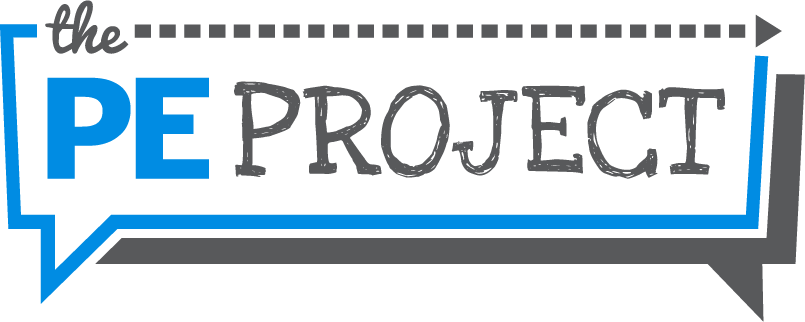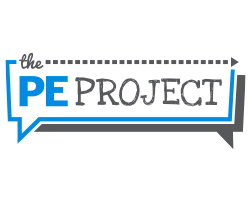Physical education is an essential part of any educational curriculum as it promotes physical fitness, wellness, and social development among students. However, traditional teaching styles in physical education, such as teacher-centered and skill-focused instruction, can be restrictive and fail to provide students with the necessary autonomy and decision-making skills to maintain a healthy lifestyle. Self-check teaching style, developed by Muska Mosston and Sara Ashworth, is a pedagogical approach that addresses some these limitations and promoting increasing levels of student independence, reflection and decision-making skills.
The self-check teaching style encourages students to practice skills independently and evaluate their performance against pre-set criteria. This style enables students to develop self-awareness and self-efficacy as they take responsibility for their learning and progress. By evaluating their performance, students can identify areas of strength and weakness and make adjustments to improve their skills.
An example of the self-check teaching style in physical education is the use of self-checklists. Students are provided with a checklist of criteria for performing a particular skill, such as a lay-up in basketball. They then practice the skill independently and evaluate their performance against the criteria on the checklist. If they are successful, they can move on to the next level of difficulty, and if they are not successful, they can identify areas for improvement and work to correct them.
In conclusion, the self-check teaching style in physical education is an effective pedagogical approach that promotes student autonomy, decision-making skills, and self-awareness. The self-check teaching style encourages students to take responsibility for their learning and progress. Mosston and Ashworth's levels of teaching styles provide a framework for implementing the self-check teaching style in physical education and can be adapted to suit individual needs and preferences.
References
- Mosston, M., & Ashworth, S. (2008). Teaching Physical Education (5th ed.). San Francisco: Benjamin Cummings.
- Fry H, Ketteridge S, Marshall S.(2009) A Handbook for Teaching and Learning in Higher Education. New York, NY: Routledge.
- Ross, Dominique M. and Pascale, Aimee M. (2020) "An Exploration of Mosston’s Spectrum of Teaching Styles in Athletic Training Education.," Journal of Sports Medicine and Allied Health Sciences: Official Journal of the Ohio Athletic Trainers Association: Vol. 6: Iss. 2, Article 5.










